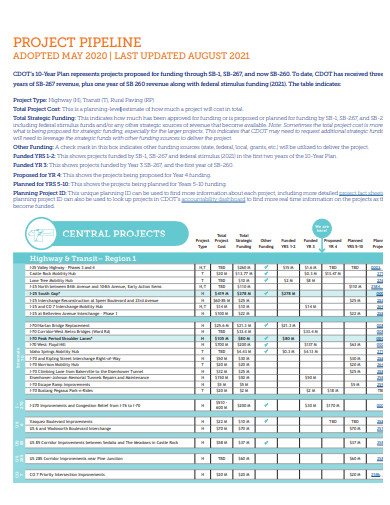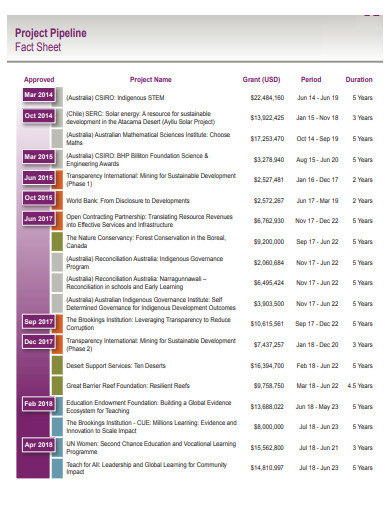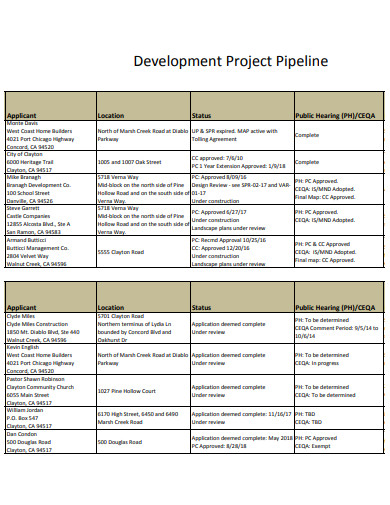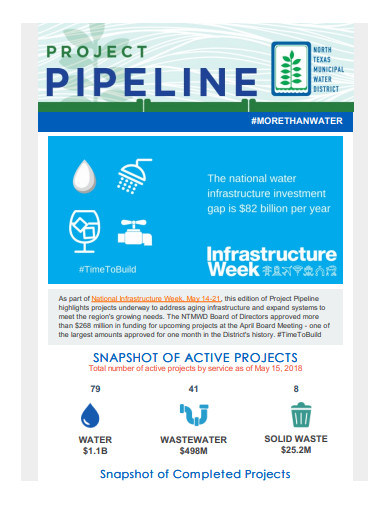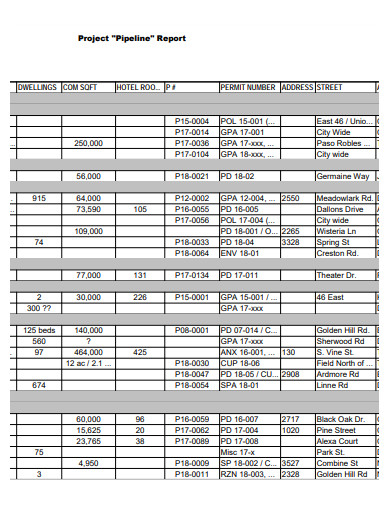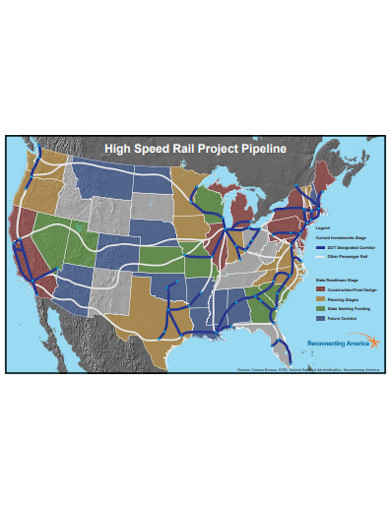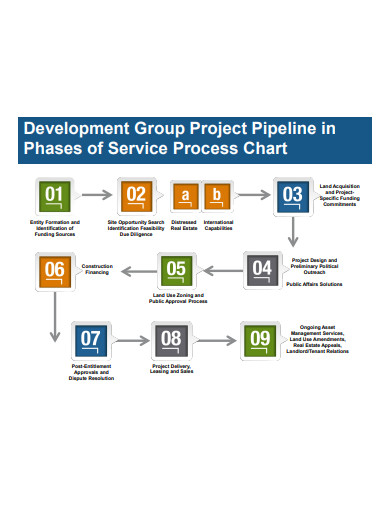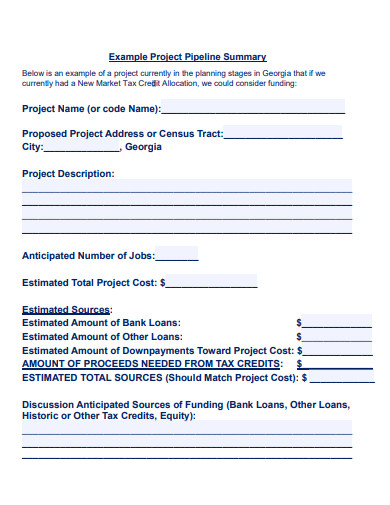Project pipeline management is related to the whole effort of tracking a sequence of projects using a defined, repeatable manner, from conception through launch. Without a consistent strategy for managing all of your organization’s projects in the list, deadlines may remain ambiguous, work may go unassigned, and projects may be jeopardized. Keeping track of the different aspects and stages of multiple projects necessitates having a reliable system in place to manage both the big picture and the specific details of each project, as well as the ability to share this project pipeline management data with project teams and stakeholders.
10+ Project Pipeline Samples
The project pipeline is a diagram that depicts all of the stages that a project is working through from beginning to end. It functions as a simple project pipeline tracker, allowing business owners and managers to see the many levels and phases of various projects, as well as the progress accomplished thus far. The project pipeline is similar to the order tracker on your food delivery app, which displays numerous order phases.
1. Project Pipeline
2. Sample Project Pipeline
3. Project Pipeline Fact Sheet
4. Development Project Pipeline
5. Project Pipeline Example
6. Project Pipeline Repair
7. Project Pipeline Report
8. High Speed Rail Project Pipeline
9. Project Pipeline Process Chart
10. Project Pipeline Summary
11. Printable Project Pipeline
Creating a Project Pipeline
To build a successful project pipeline, you’ll need a robust project management strategy that takes into consideration each project’s unique requirements. Rather than one-off project management that takes time and effort, a template solution can help you administer every project in your pipeline successfully.
When you develop a system for tracking and managing your pipeline projects, you guarantee that objectives are clear, tasks are allocated, and all sponsors, team members, and stakeholders are convinced that the projects are on pace to succeed.
In project management, however, having one-off versions means that team members spend the significant amounts of time and effort chasing down details, which typically only serve the demands of a single project. Instead of implementing a comprehensive solution to all projects in the pipeline, this unstandardized strategy ends up wasting money and other resources to address the needs of a single project.
Presenting your Pipeline Project
Using a visually rich, presentation-friendly structure to provide high-level specifics of the initiatives in your pipeline is the most effective method to do so. You can demonstrate how pipeline projects are handled, tracked, and performed by producing a straightforward graphical story.
Pie charts, bar graphs, and sequential diagrams are examples of high-level visualizations that provide clear insight into how your projects are moving. You and your team, especially project sponsors and other stakeholders, should be able to delve down into individual project elements and data, such as tasks, statuses, and timeframes, using such figurative representations. You can also use pie charts, bar graphs, and chronological diagrams to illustrate the delivery time, scope, allocation of resources, risk assessment, and individual tasks for each project.
Regardless of the type of the initiatives in your pipeline, project pipeline graphics, together with explanatory text, may give key stakeholders a rapid overview of what each project entails, ensuring that all of your projects are completed successfully.
FAQs
How do you monitor the progress of your projects?
You must track your projects throughout their lifecycle to ensure successful project delivery. With project pipeline management, you can readily see which parts of a project have been completed and which stages are still to be completed.
Why do you have to focus on the priorities?
Project pipeline management allows you to track whether you are truly completing your tasks. You can see where things aren’t going as planned—are some stages, such as ‘Project Review,’ taking longer than usual? Is your project’s scope expanding?
A project pipeline can assist project managers visually follow a project’s progress through several stages. Your team will be able to accomplish more in a shorter time frame or on a tighter budget if you structure it this way. Allow all members of your team to contribute their unique thoughts across the spectrum during brainstorming, and maintain a nonjudgmental attitude. Only start the project when you’ve gotten approval from important stakeholders including clients, business partners, and investors.
Related Posts
Exemption Letter
News Report
Employee Uniform Form
Self-Declaration Form
To Whom It May Concern Letter
10 FREE Notice To Quit Letter Samples & Templates
Security Company Profile
Written Warning
Event Program
OMR Sheet
Building Inspection Report
Employment Certificate
Teacher Lesson Plan
Deed of Assignment
Contract Termination Letter

